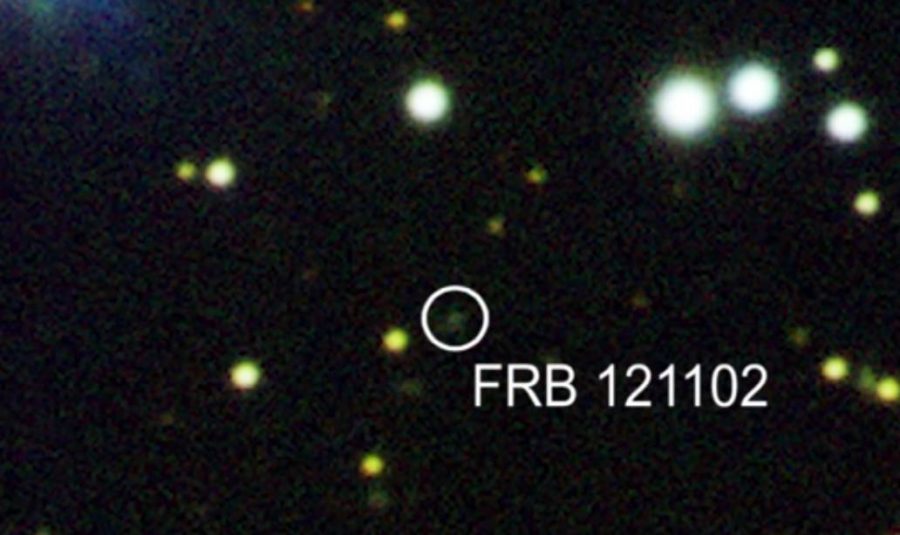Last Wednesday, The Cornell Chronicle reported that a group of scientists had discovered the source of a mysterious radio signal, a phenomenon known as a Fast Radio Burst (FRB), in a dwarf galaxy 3 billion light-years away from Earth.
The discovery is the result of nearly five years of research and joint efforts from scientists all around the world. The team published a report with their findings on the January 4 issue of the journal Nature.
Shami Chatterjee, a senior research associate at Cornell University, was the lead author of the paper along with Robert Wharton and James Cordes, a couple of astronomy specialists.


What is an FRB?
An FRB or fast radio burst is an astrophysical phenomenon of extreme rarity. These brief radio pulsations have unknown origins, and persistent iterations may not even be on the same wavelength.
These characteristics make FRBs quite hard to find and even harder to pinpoint, which was the case of the Cornell team and its endeavor to locate FRB 121102.
Where does FRB 121102 originate?
FRB 121102, named after the date the first burst was detected, originates in a dwarf galaxy over 3 billion light years away, in a star cluster in the Auriga constellation.
Laura Spitler and a team of researchers discovered FRB 121102 in November 2012, one of only eighteen known bursts since the first one was detected almost ten years ago.
Preliminary studies of the phenomenon were based in Puerto Rico at the Arecibo Observatory, where scientists used the optical equipment and instruments to analyze the pulsations.
Further observations took place all around the world with specialized telescopes, including the Karl G. Jansky Very Large Array (VLA) in New Mexico, the Large Millimeter Array in the Atacama Desert of Chile, and the Gemini Telescope in Mauna Kea, Hawaii.
What is the nature of the FRB 121102’s source?
Chatterjee said the team believed the FRB 121102 was a Magnetar, a newborn star with a massive magnetic field inside a supernova or pulsar wind nebula.
The nature of FRBs is one of the astronomy’s biggest mysteries, and it remains largely in the realm of speculation which space phenomena may be behind these persistent radio signals.
Chatterjee and the scientific community that contributed to the discovery of FRB 121102 juggle many more theories about what may be causing the bursts to travel so far and so strongly through space.
Researchers think the active nucleus of the dwarf galaxy where FRB 121102 comes from could also be the one originating these radio waves. Investigations continue to better understand and potentially narrow down the actual origin of the FRB.
Source: The Cornell Chronicle


